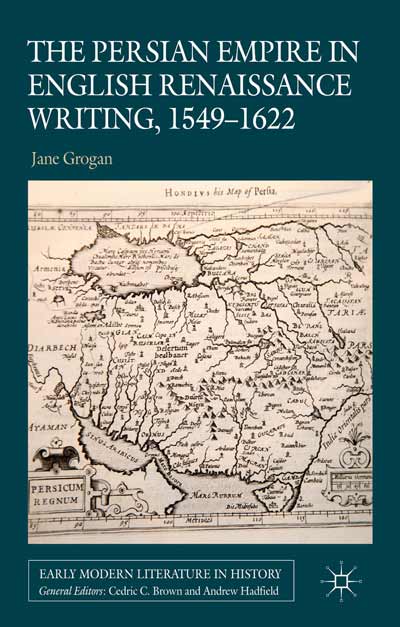 Dijkstra, Roald , Sanne van Poppel & Daniëlle Slootjes (eds.). 2015. East and West in the Roman Empire of the fourth century. An end to unity? Brill.
Dijkstra, Roald , Sanne van Poppel & Daniëlle Slootjes (eds.). 2015. East and West in the Roman Empire of the fourth century. An end to unity? Brill.
East and West in the Roman Empire of the Fourth Century examines the (dis)unity of the Roman Empire in the fourth century from different angles, in order to offer a broad perspective on the topic and avoid an overvaluation of the political division of the empire in 395.
After a methodological key-paper on the concepts of unity, the other contributors elaborate on these notions from various geo-political perspectives: the role of the army and taxation, geographical perspectives, the unity of the Church and the perception of the divisio regni of 364. Four case-studies follow, illuminating the role of concordia apostolorum, antique sports, eunuchs and the poet Prudentius on the late antique view of the Empire. Despite developments to the contrary, it appears that the Roman Empire remained (to be viewed as) a unity in all strata of society.
 Grogan, Jane. 2014.
Grogan, Jane. 2014.  de la Vaissière, Etienne. 2014.
de la Vaissière, Etienne. 2014.  Kinra, Rajeev. 2015.
Kinra, Rajeev. 2015. 
 Krasnowolska, Anna & Renata Rusek-Kowalska (eds.). 2015.
Krasnowolska, Anna & Renata Rusek-Kowalska (eds.). 2015.